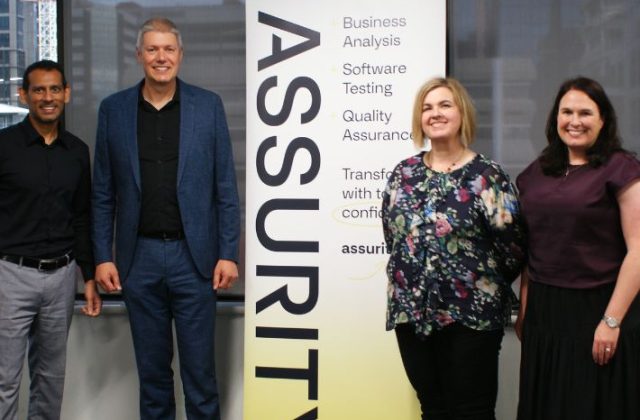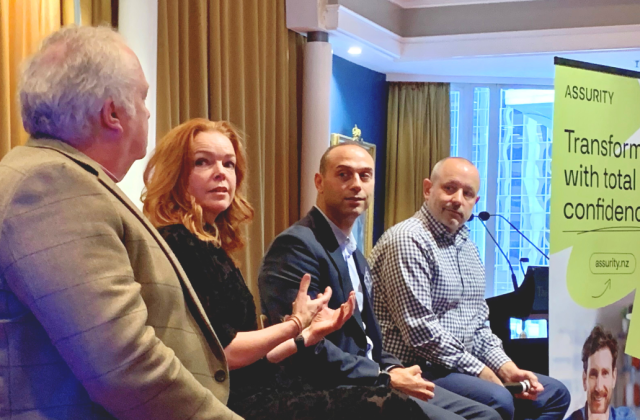Date: 17 August 2020
As we’ve evolved and most organisations, groups and affiliations have adopted the more Agile approach to work where collaboration comes before documentation, many teams omit the As-is process deep-dives and go straight to the To-be process and design thereof.
However, as we’ve evolved and most organisations, groups and affiliations have adopted the more Agile approach to work where collaboration comes before documentation, I’ve noticed that many teams omit the As-is process deep-dives and go straight to the To-be process and design thereof.
From my 18+ years’ experience in Business Analysis, I’ve always been a strong believer that we should unpack and understand the As-is process, irrespective of whether the As-is is relevant or not.
By omitting this step, you often find that you lose focus from the root cause of the problem and forget what your primary objective and problem statement were to begin with. There are various reasons why I’d always start my analysis with the As-is situation. Some of these are:
- You need to understand what the challenges with the As-is process are so you can devise the problem statement and provide practical and efficient solution recommendations for the To-be process
- You get a shared understanding within the team of what the As-is process is about and collaboratively make decisions on the best course of action going forward
- By unpacking the As-is process, you might determine that no major development change is actually required and, in fact, in some cases, it’s just a matter of getting the team to understand the existing process and get training on it
You don’t always need to build new technology to solve the problem. In many cases, it’s just a matter of ensuring shared understanding, buy-in and collaboration from the people who use the process and to apply minor tweaks to make it more efficient. And yes, surely from a digital transformation perspective, you want to look at the As-is process and determine what parts need to be digitised and transformed to bring the most value and efficiency to the organisation.
So, in summary, in 90% of cases, it’s a very useful exercise to deep-dive the As-is process, whether you’re working in a waterfall or Agile method. You don’t necessarily have to spend hours on documenting the full ETE As-is process.
However, drawing it out on a whiteboard or collaboratively discussing and unpacking it with the relevant process users and SMEs, will add great value to determining the correct course of action so you can place the right emphasis on the To-be process.










